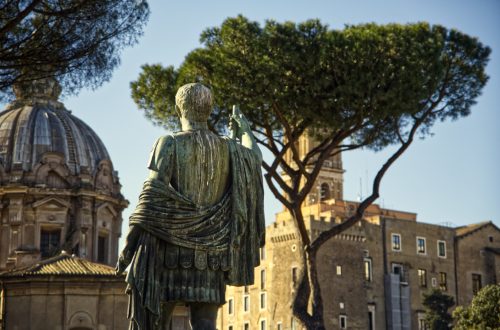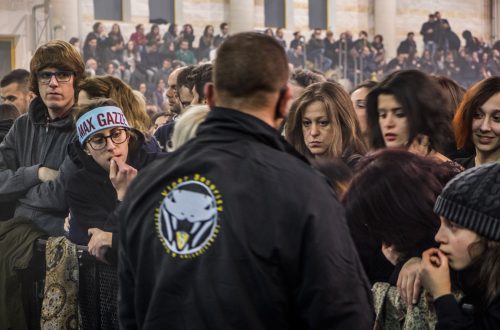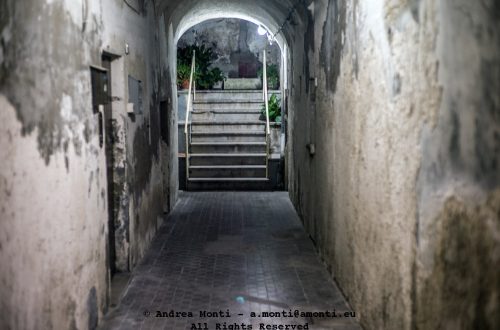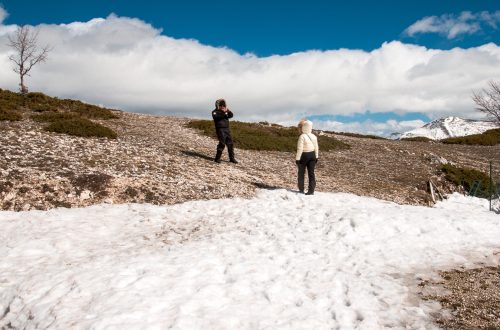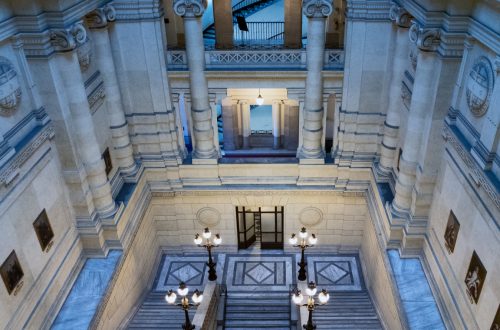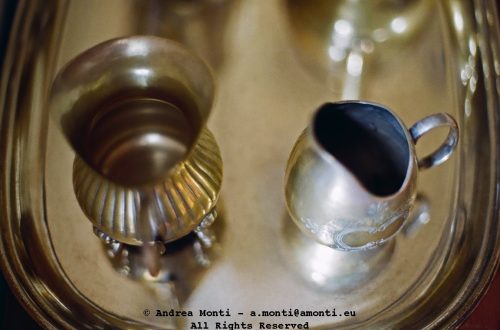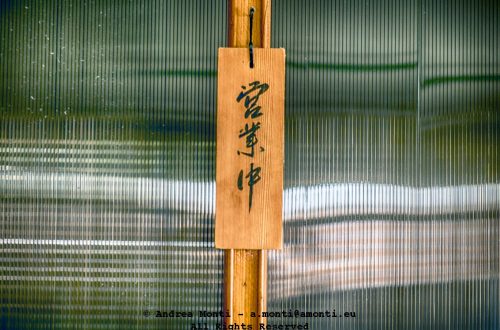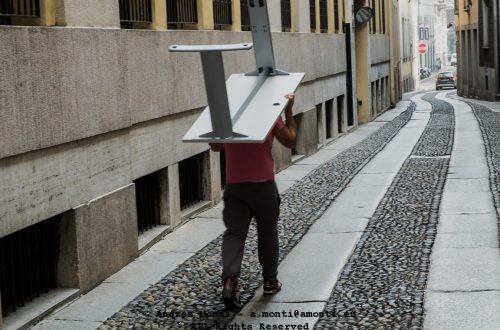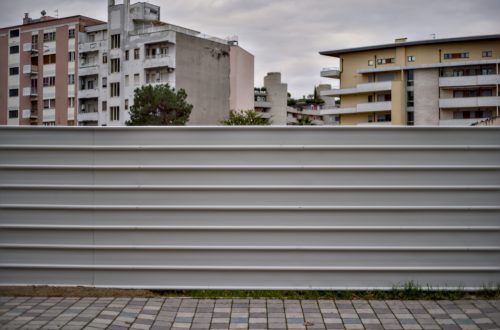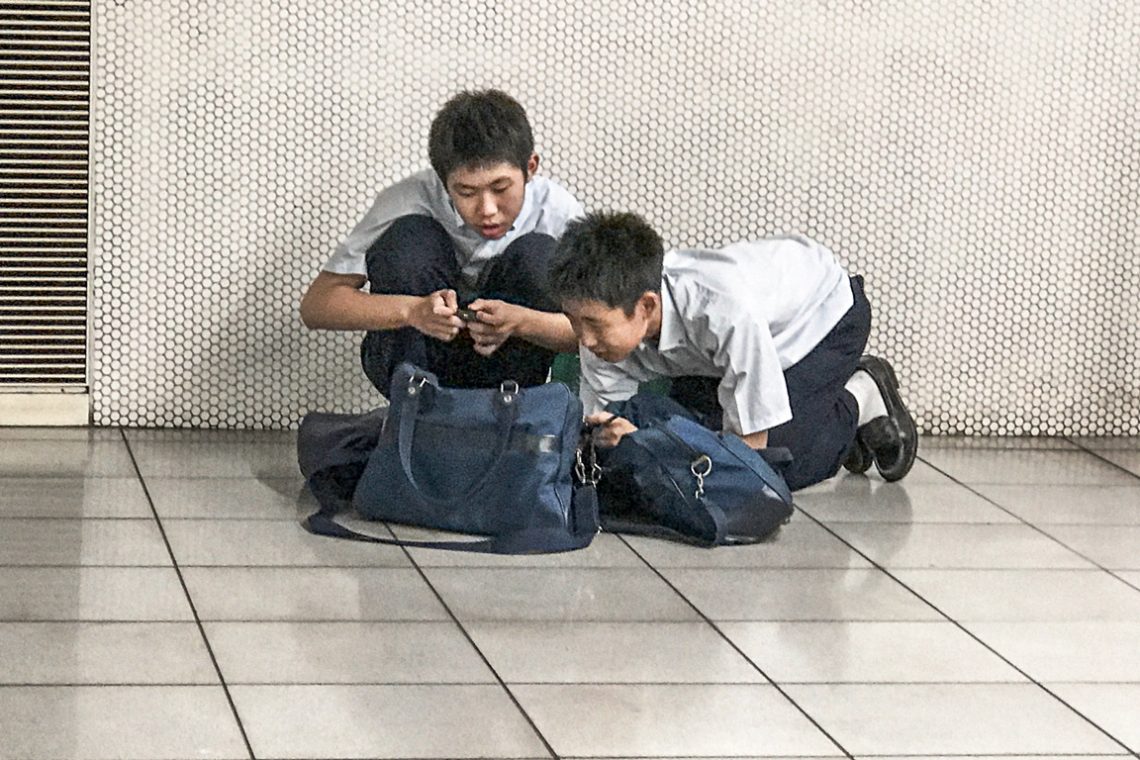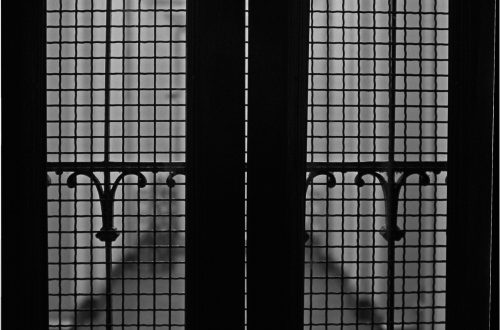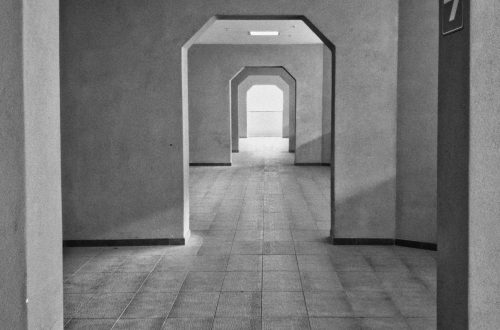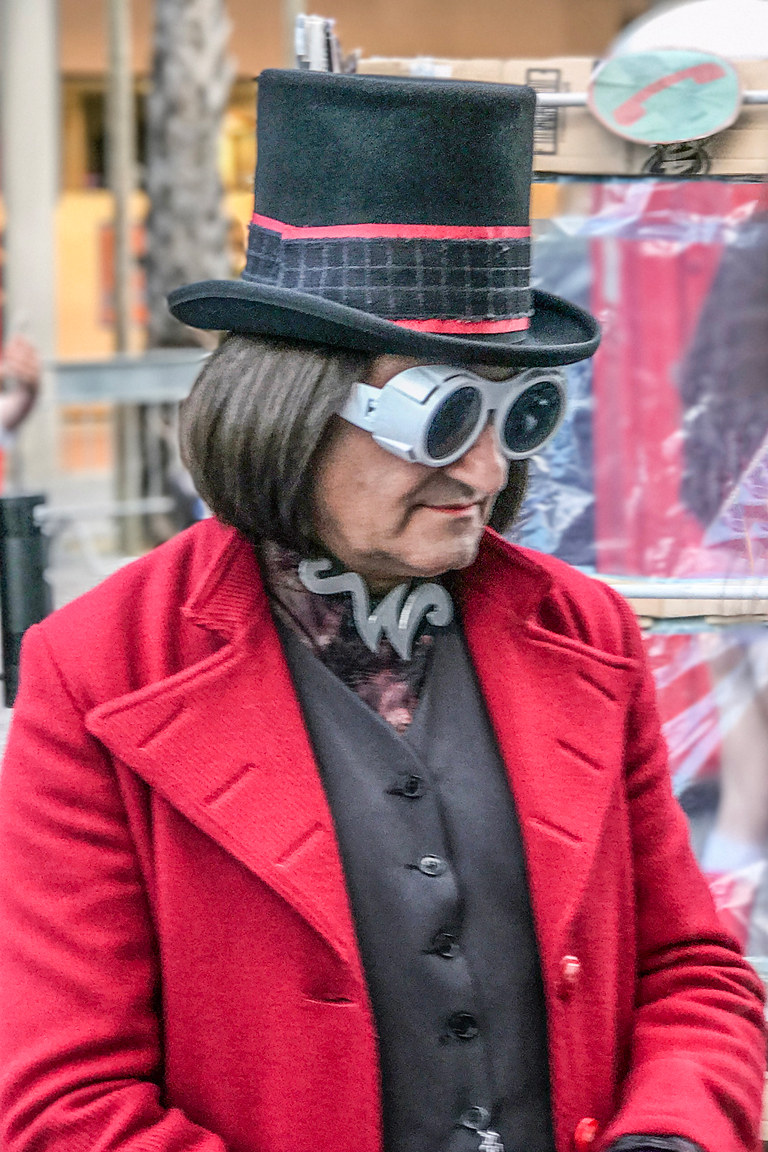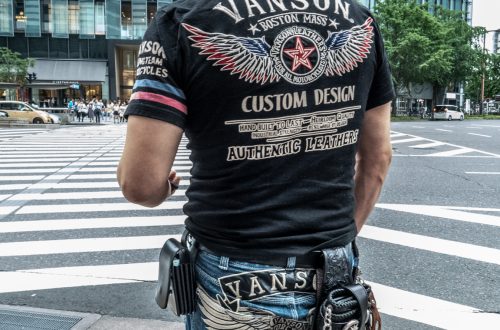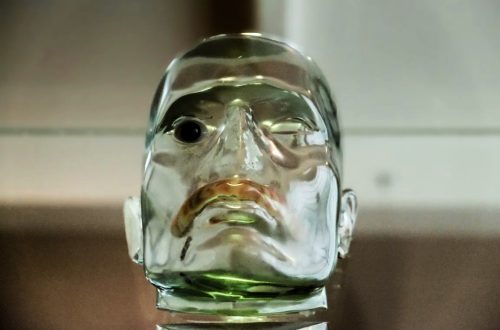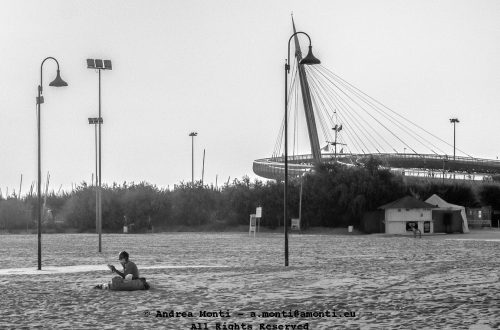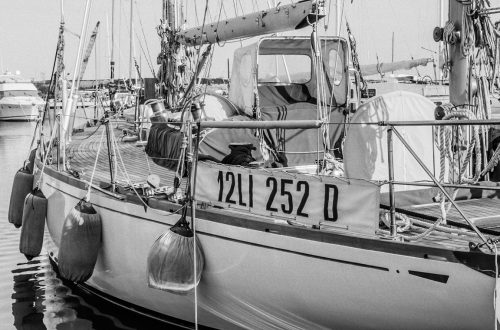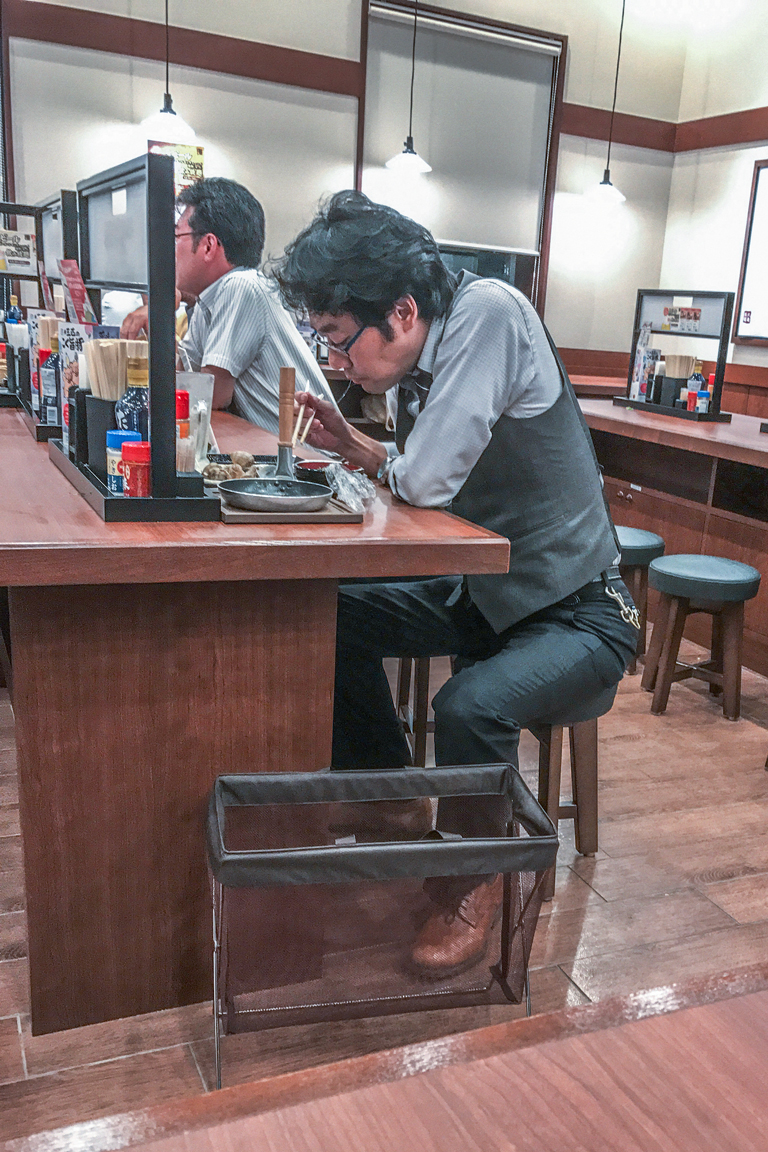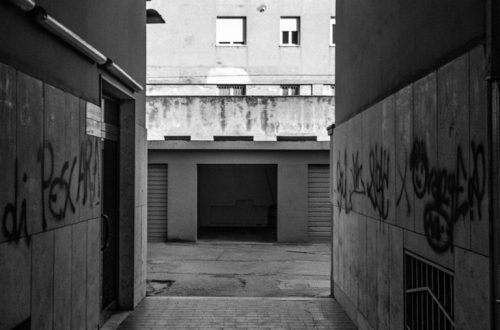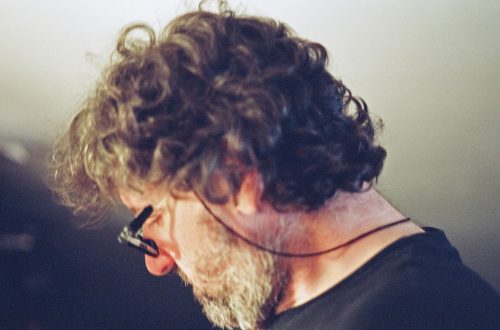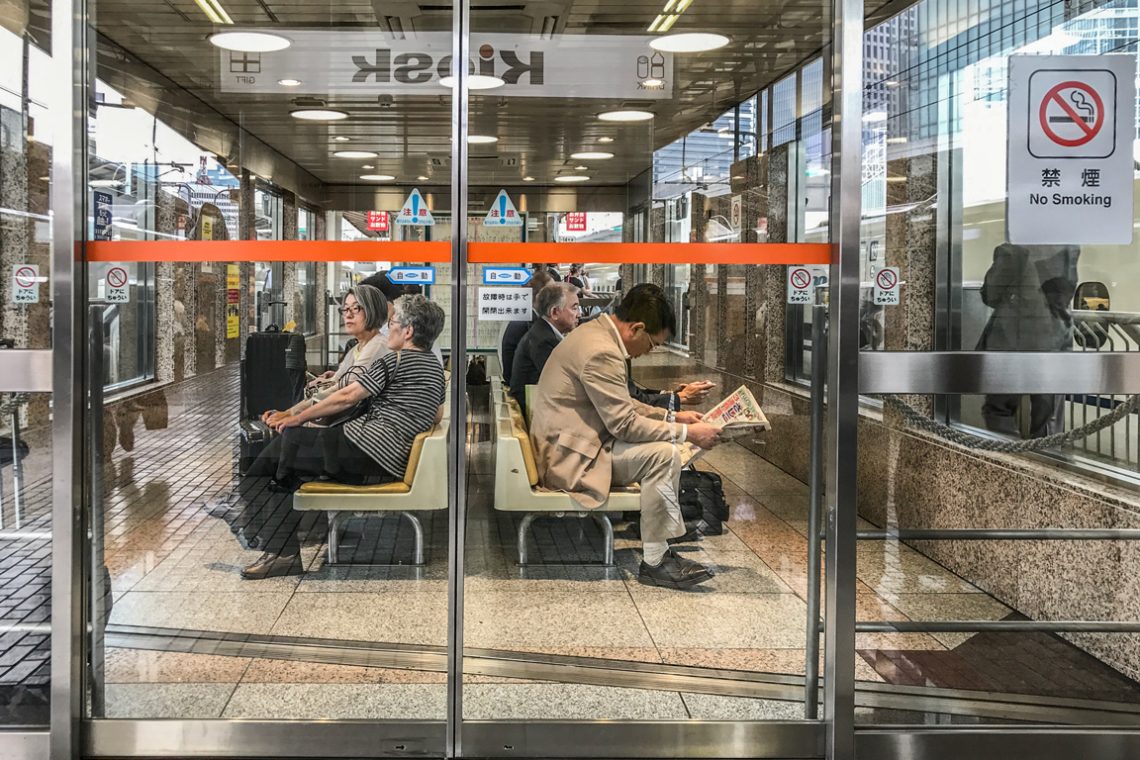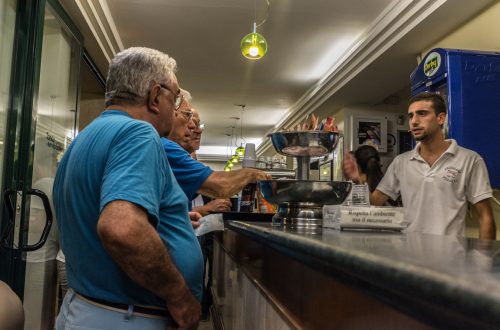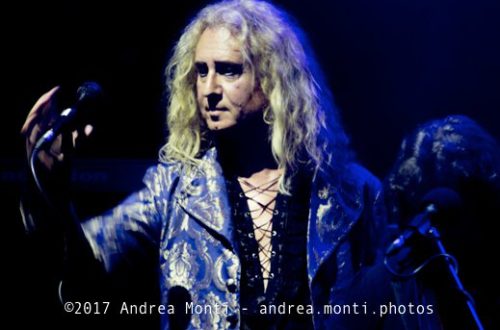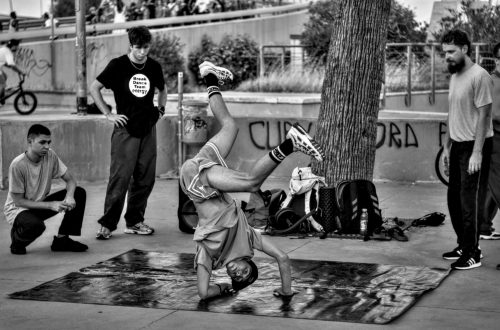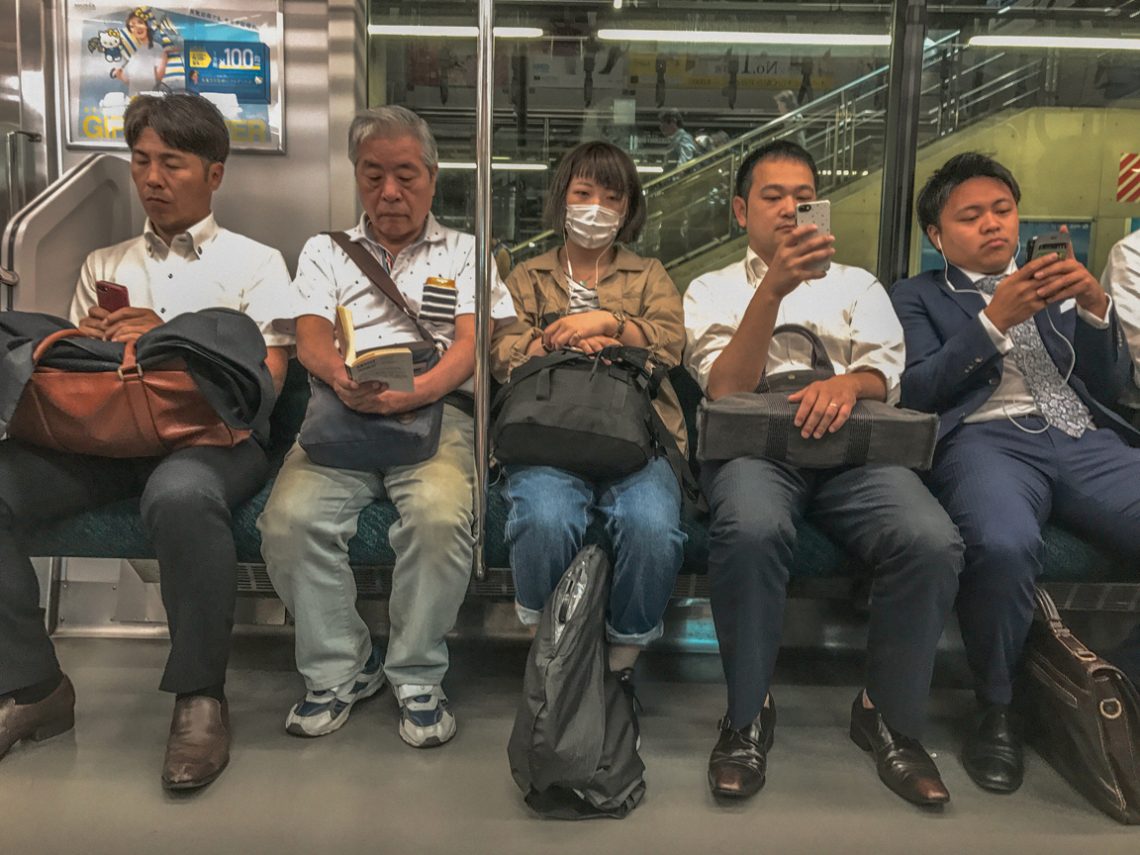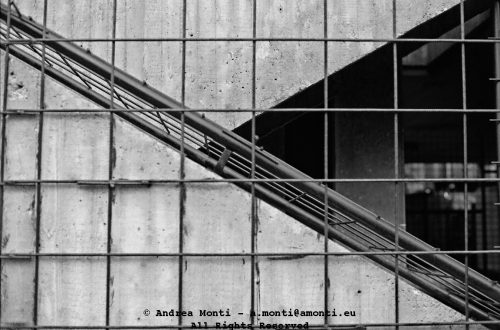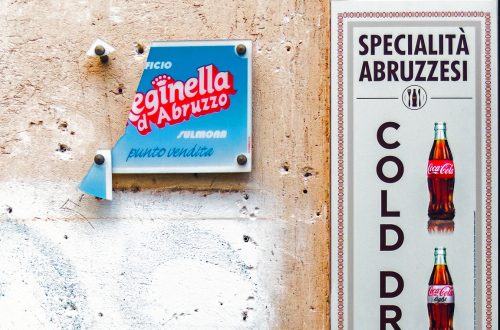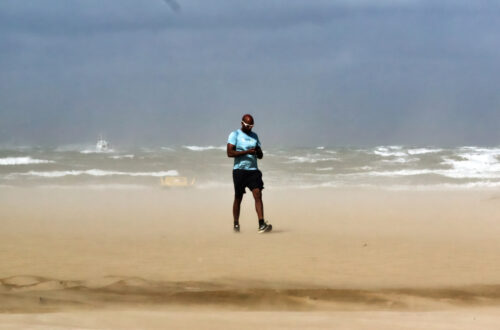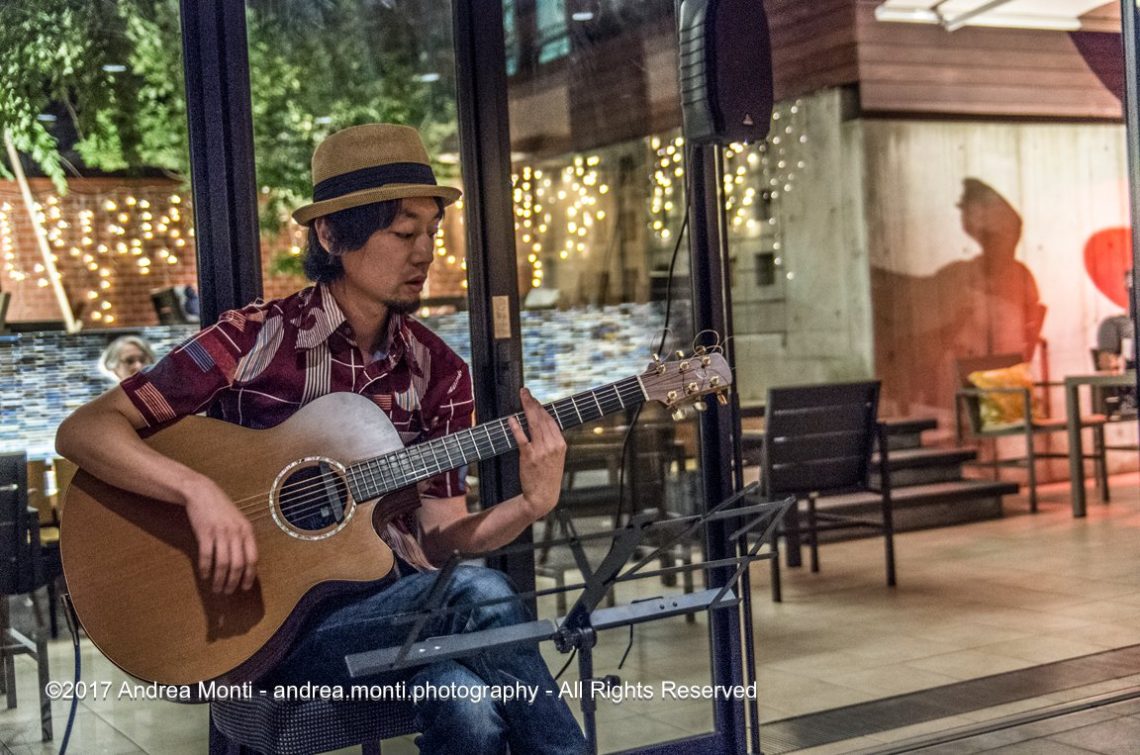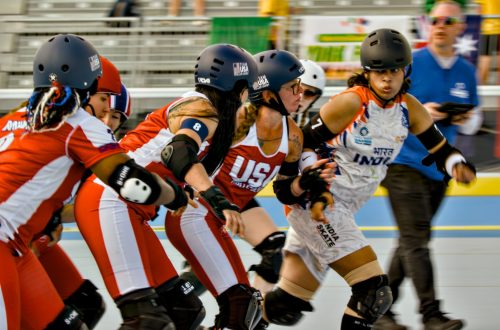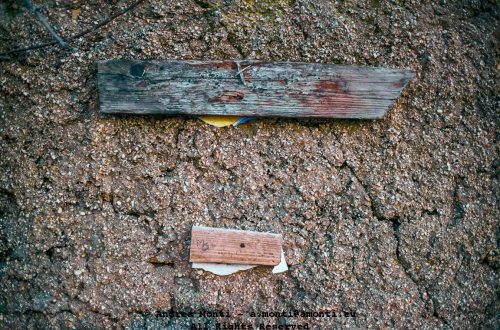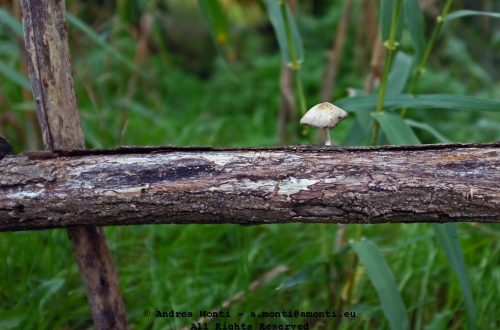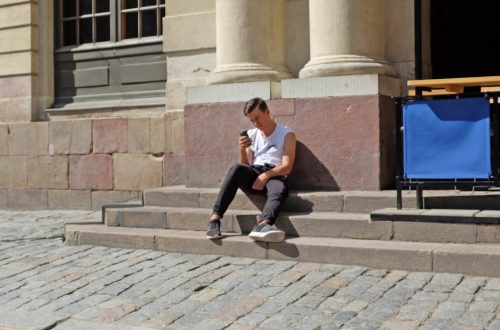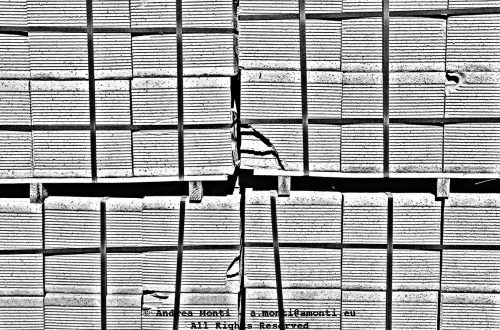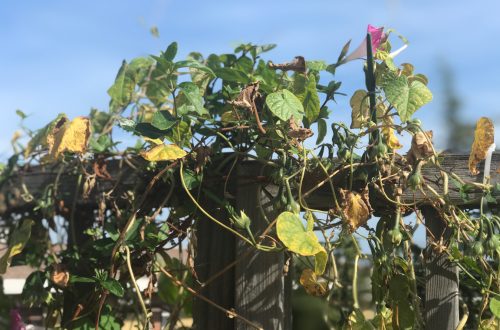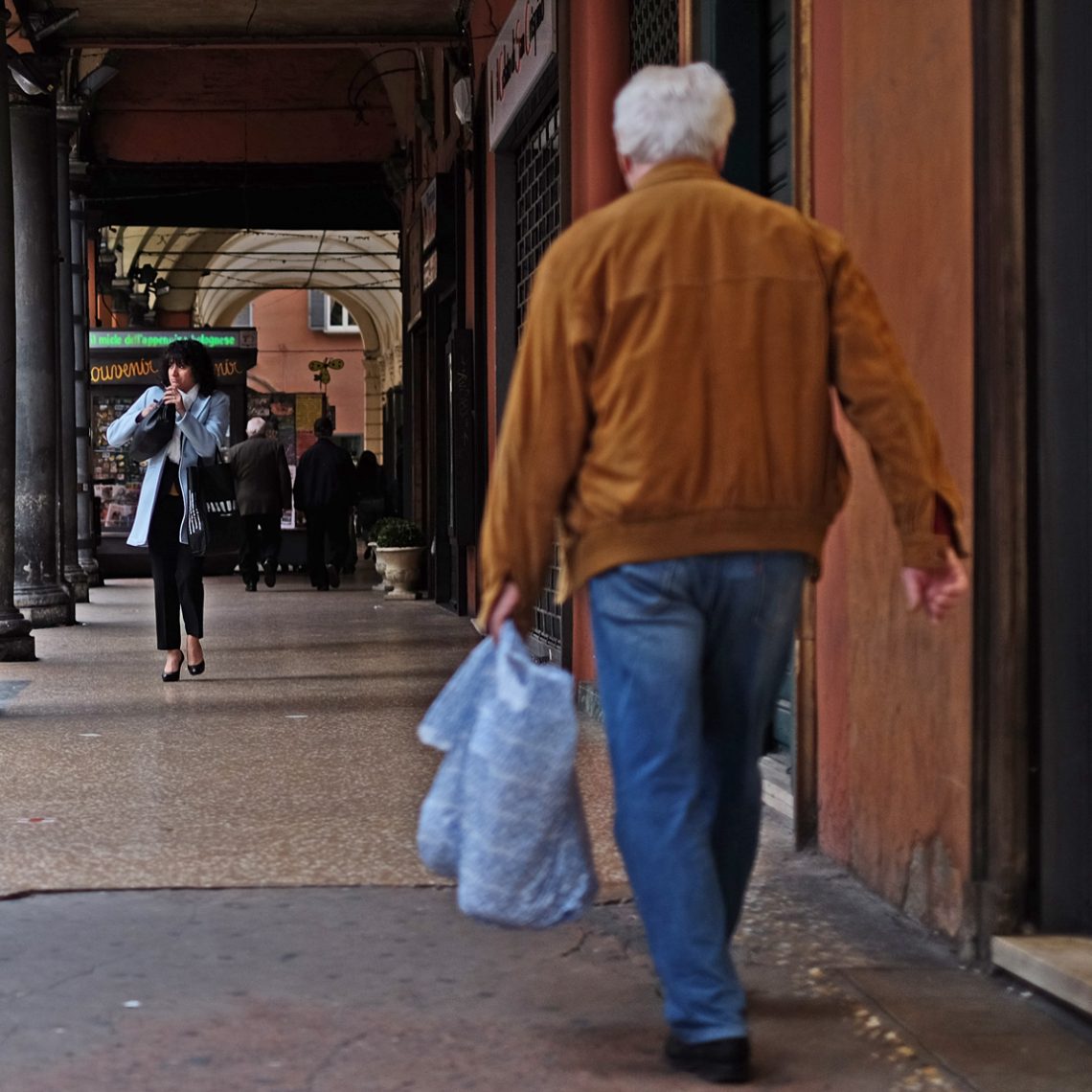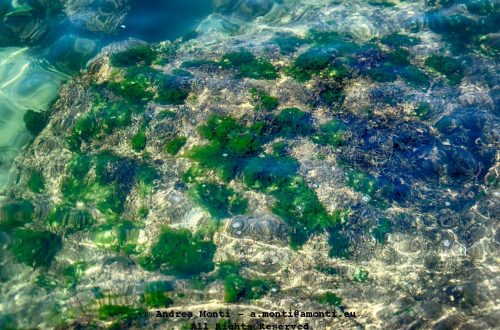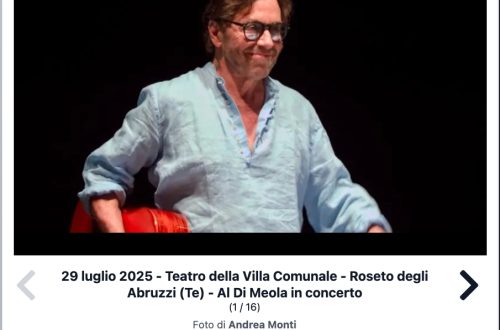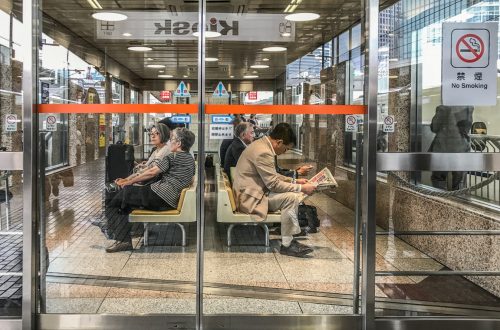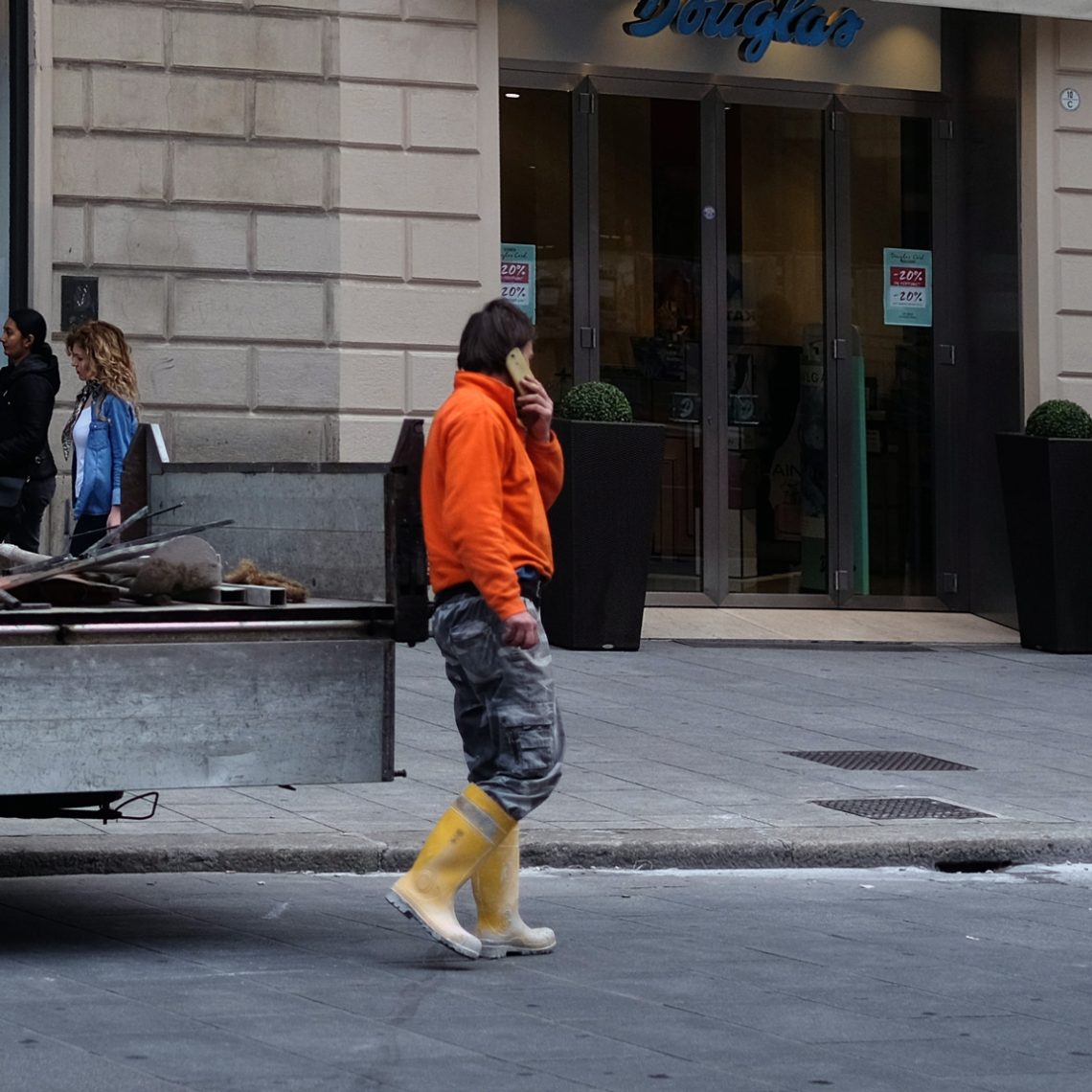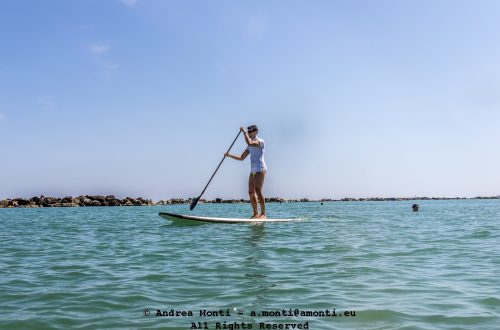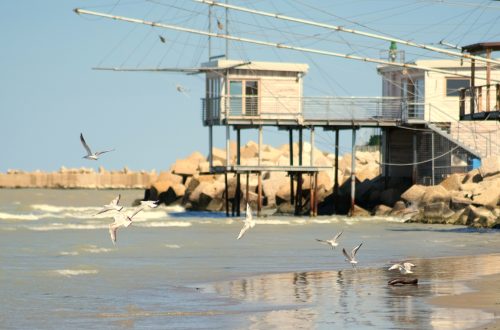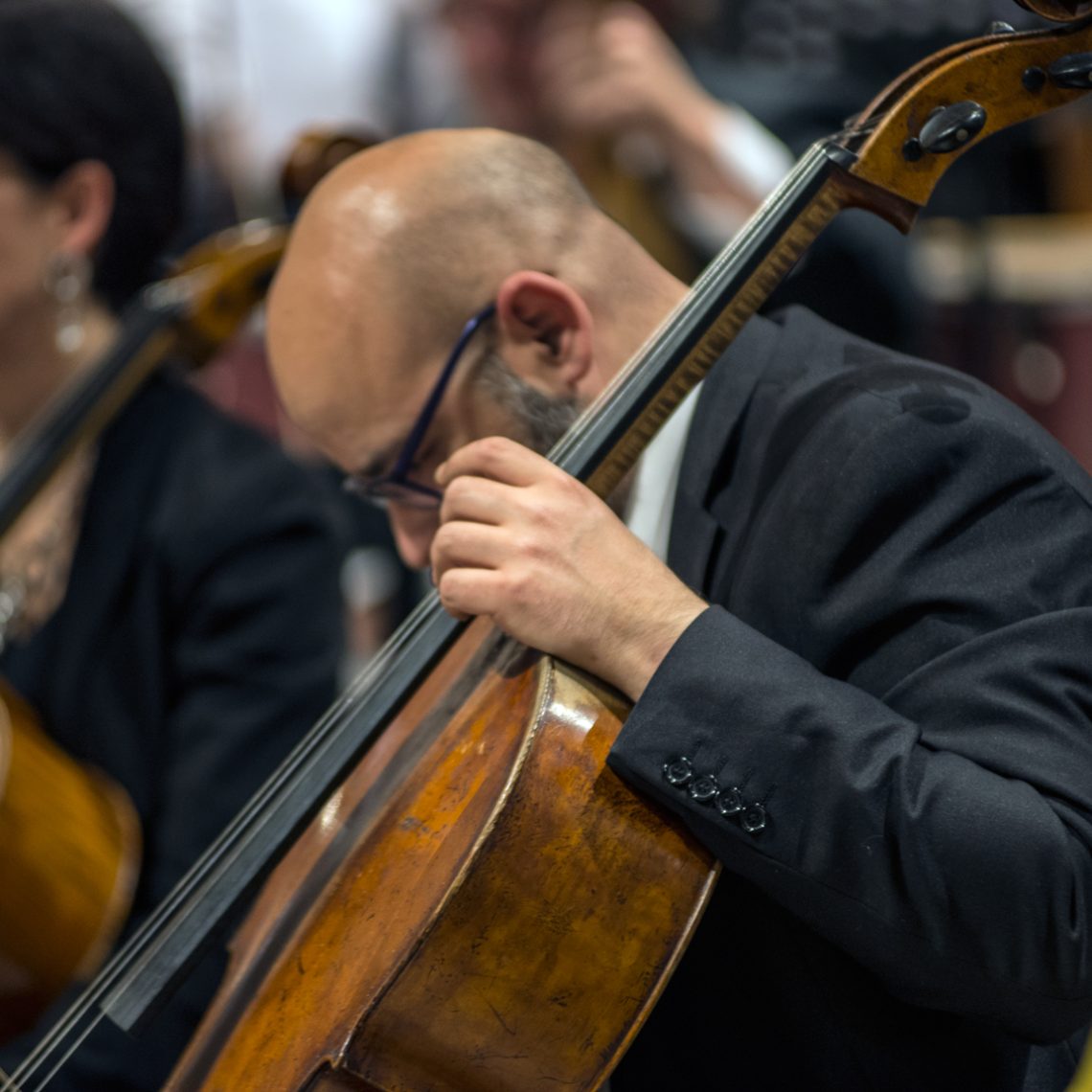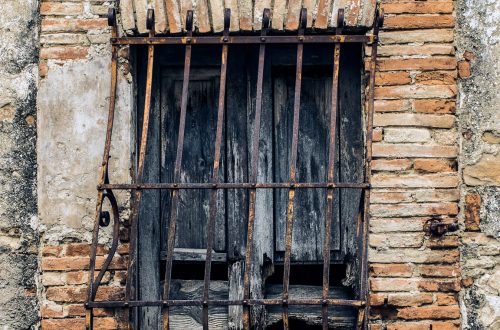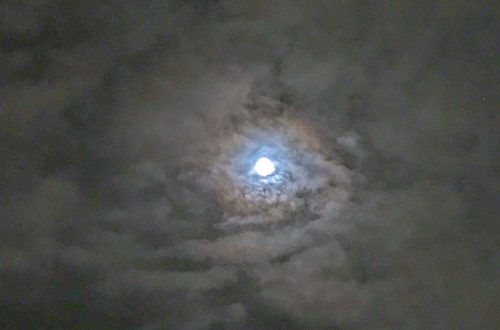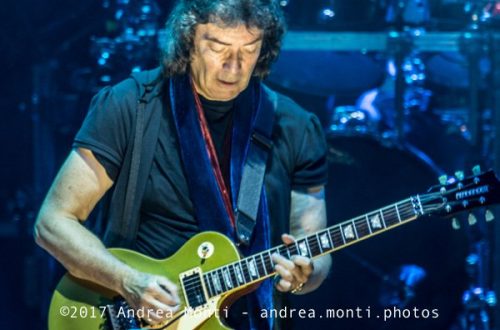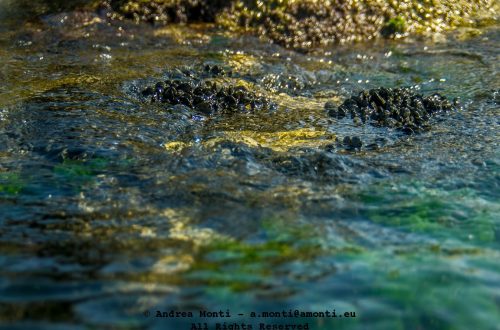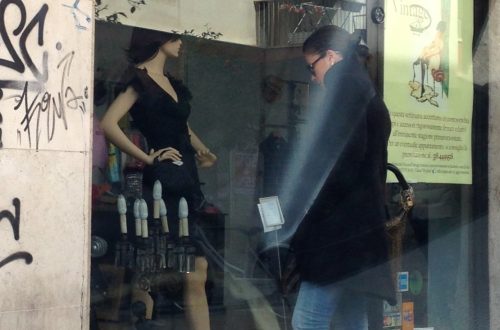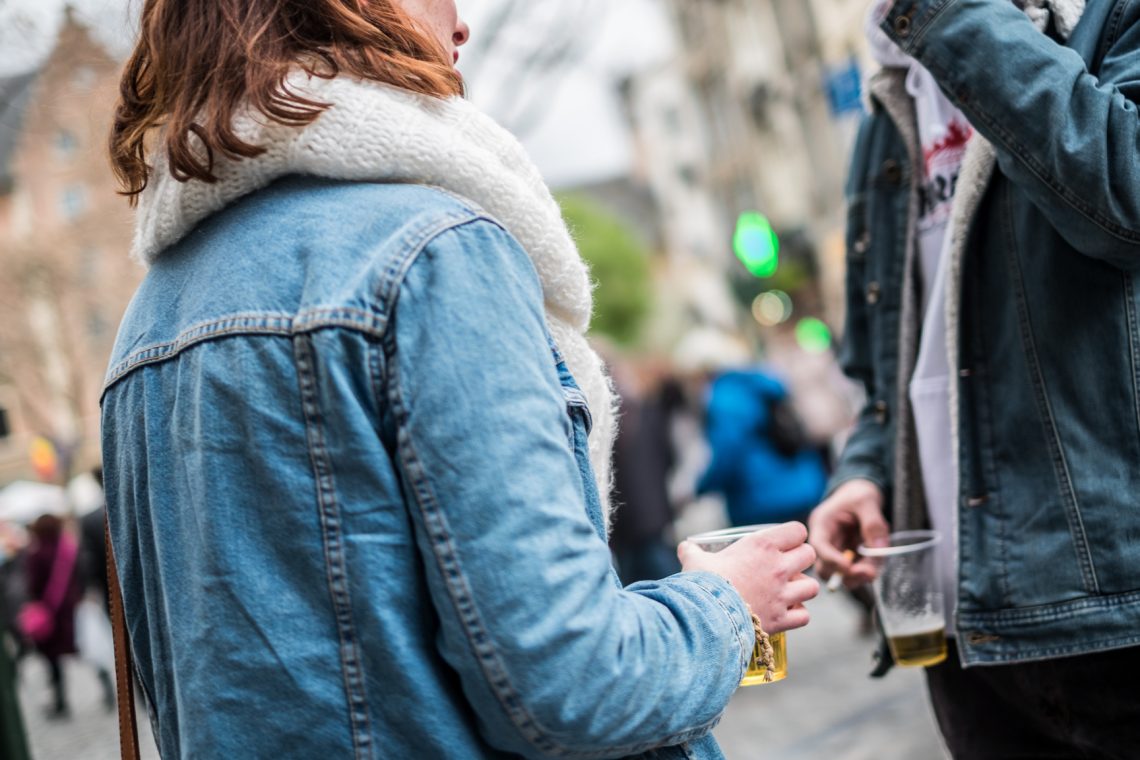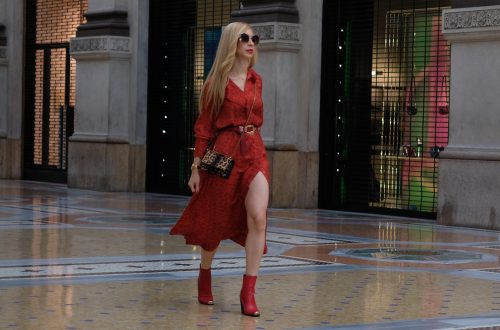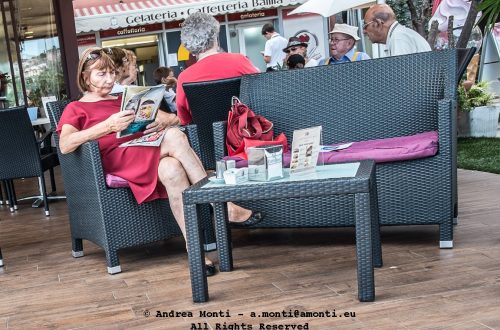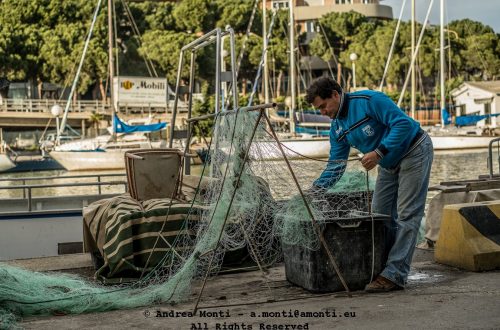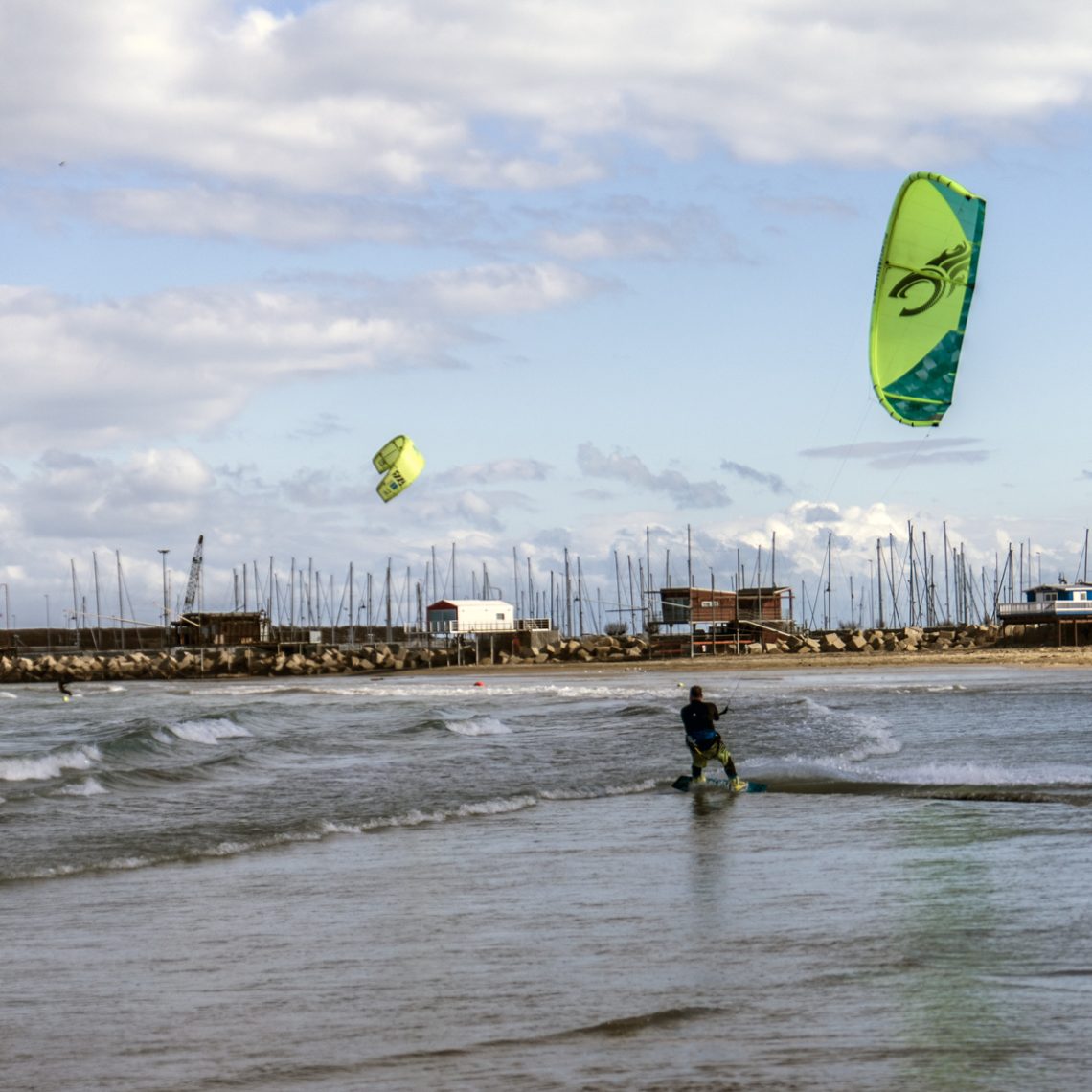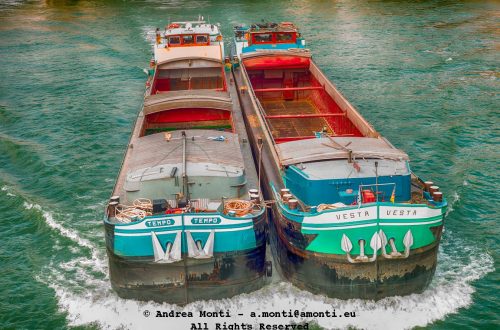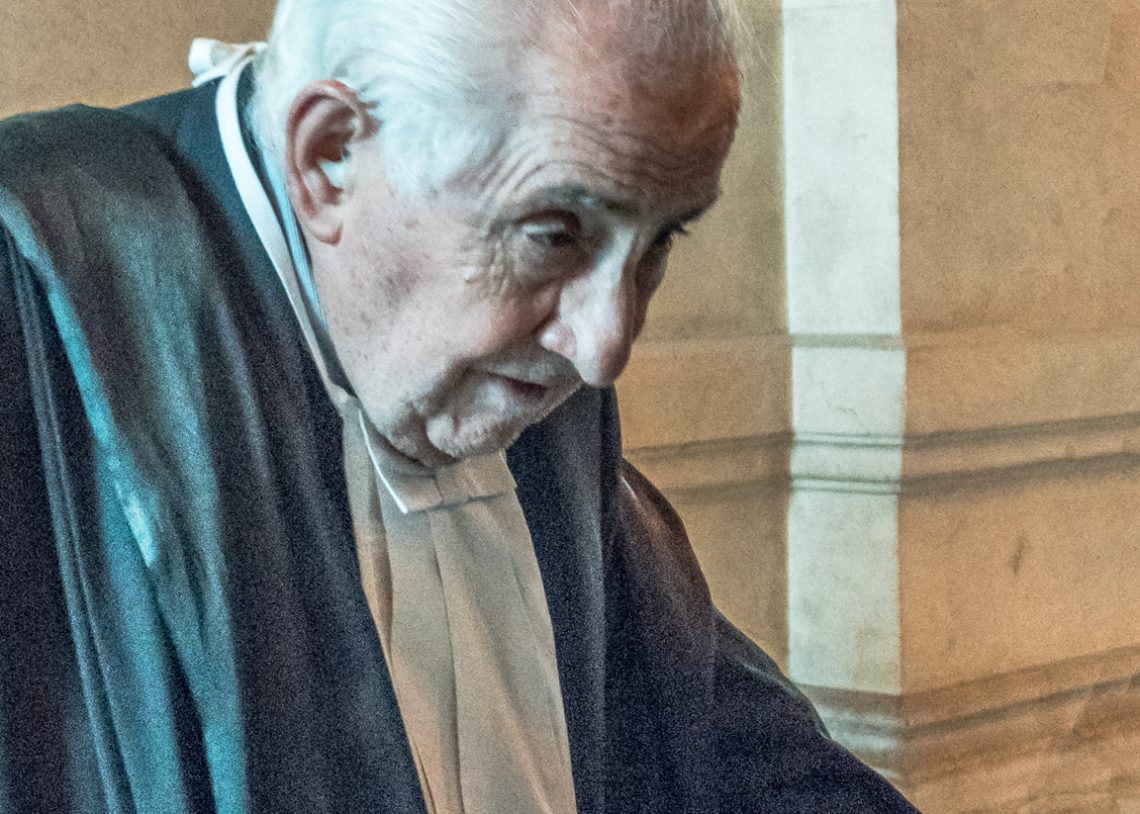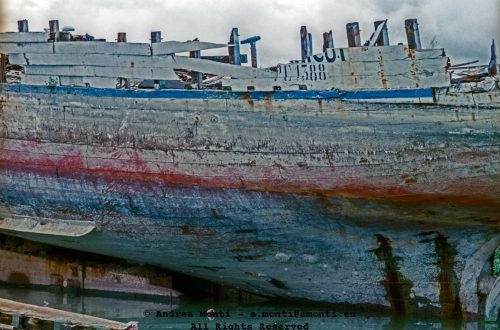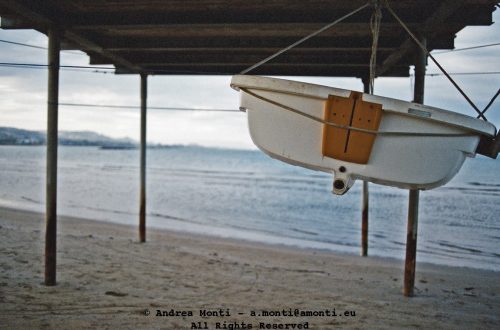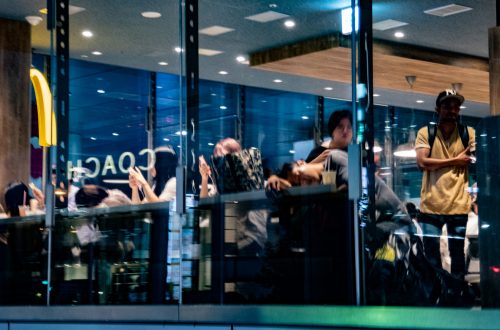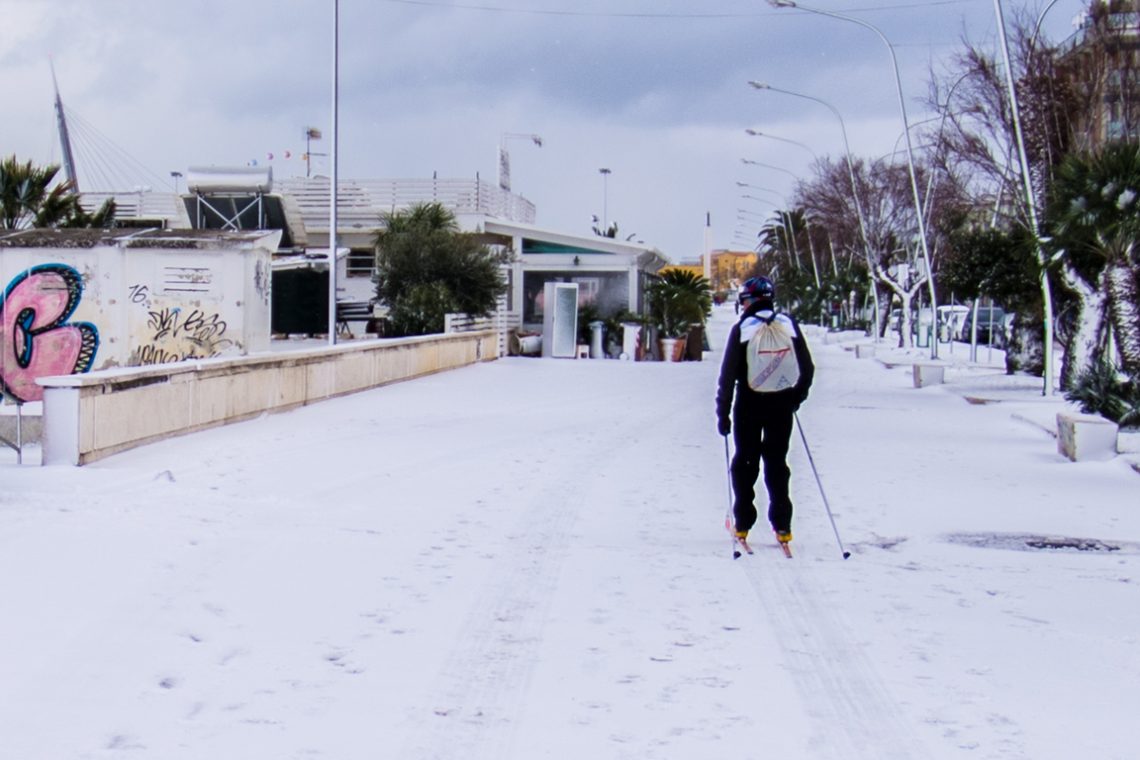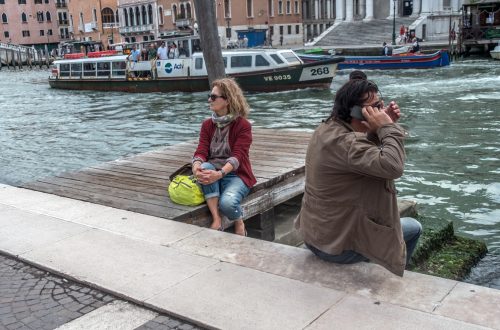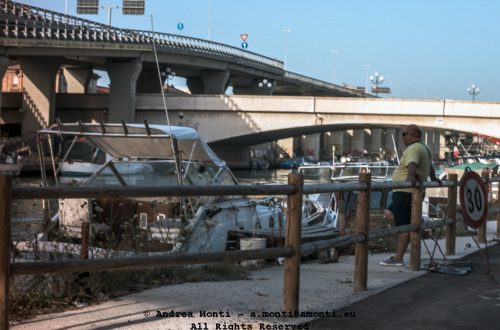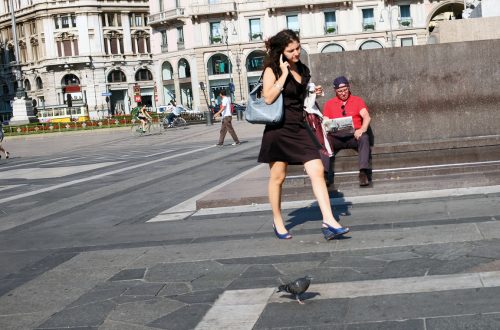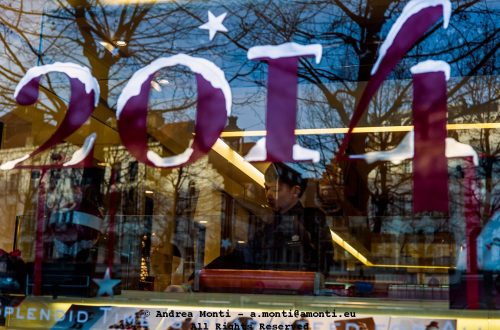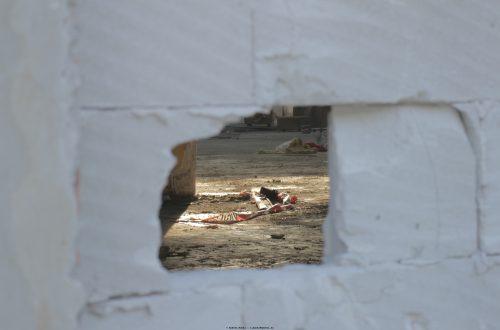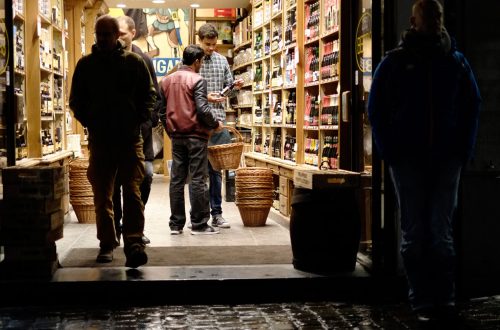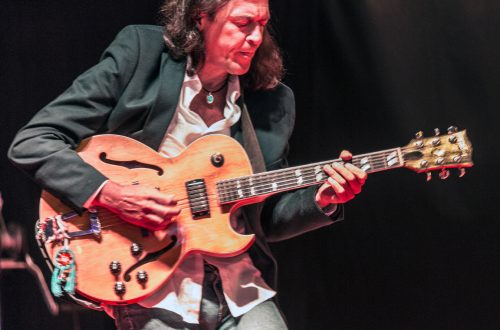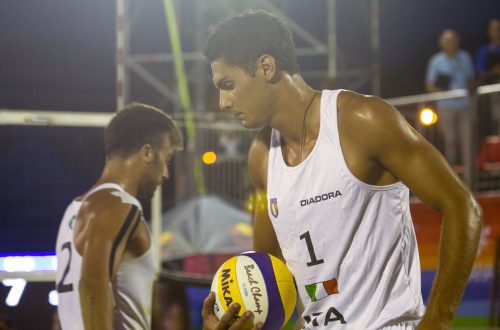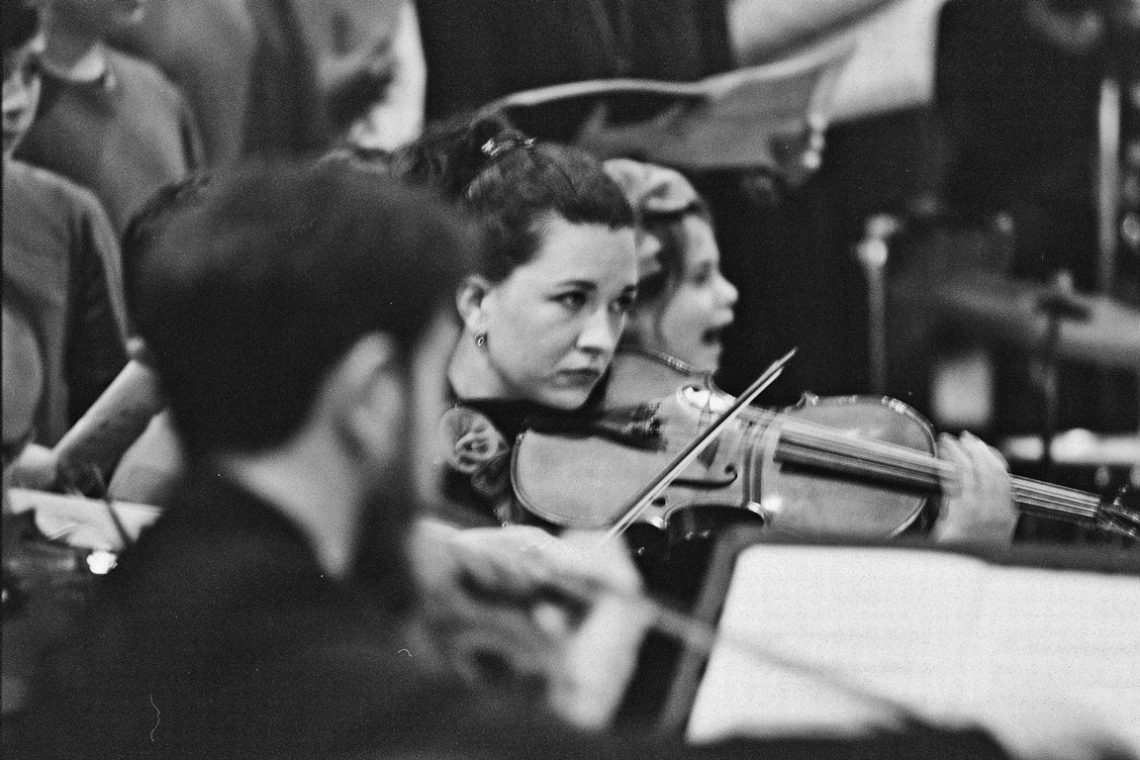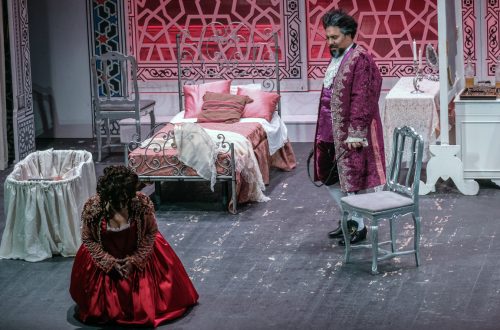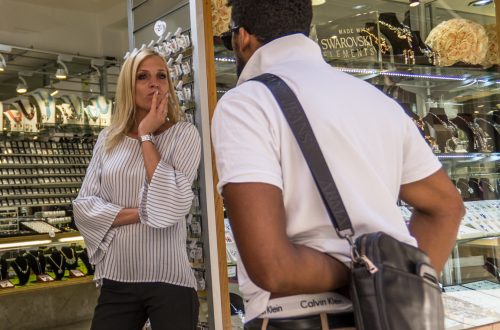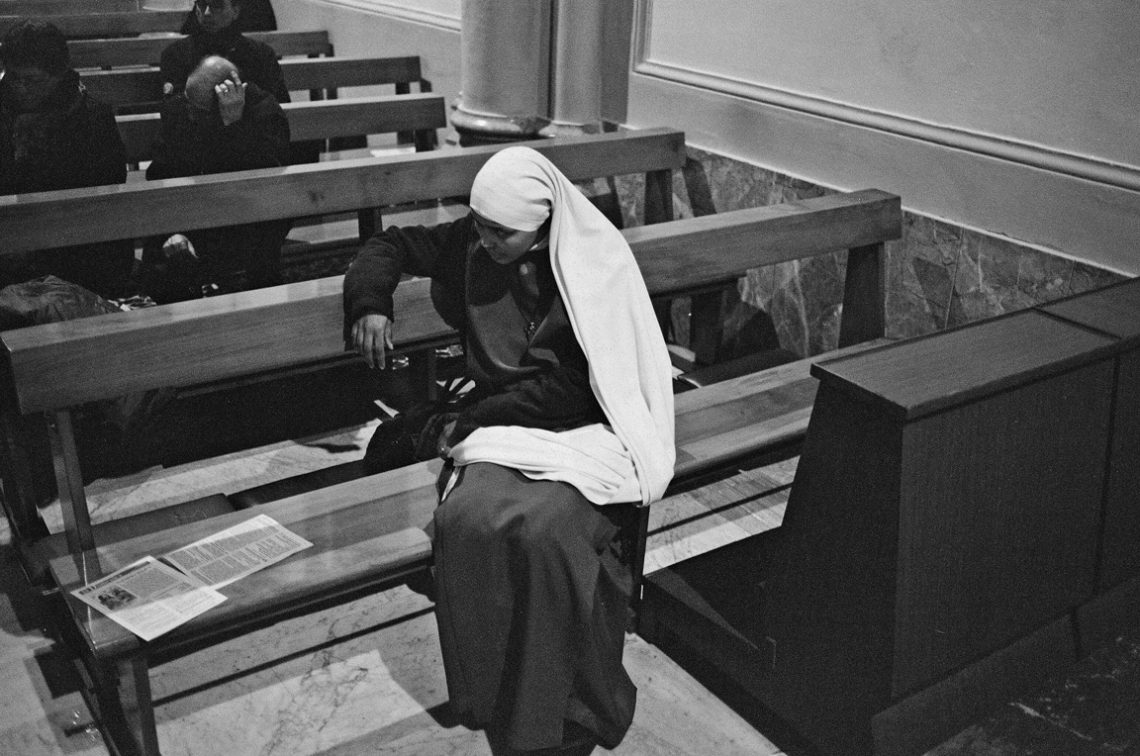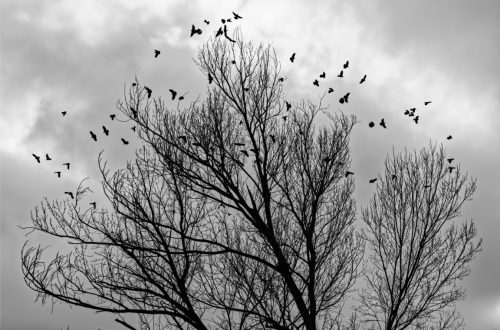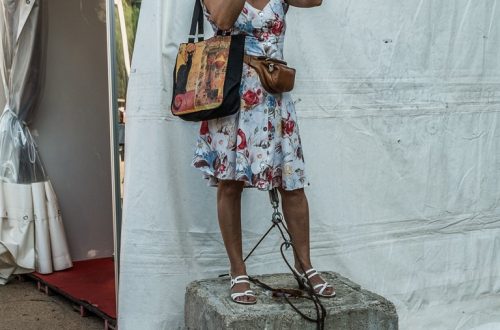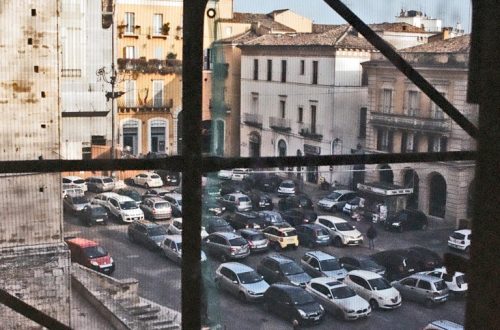-
Gary O’ Toole
Photographing live music is an exercise in timing, anticipation, and luck — and this frame of Gary O’Toole behind his kit captures all three in motion. I shot this during a concert where the energy on stage was matched only by the enthusiasm in the audience. Gary, in his element, was caught mid-expression, the sort of look that comes only when a musician is entirely at one with his instrument. Compositionally, the image works through a layered perspective: the guitarist’s back in the foreground leads the viewer’s gaze directly toward the drummer, framed by the gleaming brass of the cymbals and the forest of hardware. That over-the-shoulder view adds intimacy,…
-
Nick Beggs
Nick Beggs isn’t just a musician—he’s a presence. Capturing him live isn’t about nailing the perfect frame, it’s about riding the wave of his performance and locking it into a split second. I took this shot during one of those dense, layered passages where the light is moody and the mix is full. He stood immersed in the music, double-neck bass cradled like a weapon or a relic, commanding and concentrated. Technically, this photo walks a tightrope. Stage lighting can be merciless—strong contrasts, saturated colours, and constant shifts. I went for a low ISO to preserve detail, knowing I’d have to push shadows in post. The main light hit his…
-
Nad Sylvan
-
Steve Hackett – Live@Teatro d’Annunzio
The photograph captures Steve Hackett in a moment of concentration, his gaze lowered towards the guitar as if the instrument itself were dictating the next phrase. The Les Paul glows under the stage lights, its golden surface reflecting the intensity of the performance, while Hackett’s expression remains measured and inward, suggesting a musician wholly absorbed in sound rather than spectacle. Framing is tight, keeping focus on Hackett and his guitar. The background, blurred yet luminous with stage reflections, provides atmosphere without distraction. It isolates him in the act of playing, the performer reduced to essentials: hands, instrument, sound. Technically, the exposure handles difficult stage lighting competently. The blue tones of…
-
Addicted to (Nintendo) Switch
-
Portrait of a Cosplayer
I shot this in a crowded open-air market during a cosplay event. No studio, no setup, just natural light and a quick pivot to catch the moment before the crowd closed back in. The subject stood out instantly—not just for the outfit, but for the commitment. Every element was deliberate: the scarlet coat, the black waistcoat buttoned to the collar, the oversized goggles perched over an expression of studied calm. And the hat—sharp, theatrical, finished with a red trim that echoed the coat. Stylised but not cartoonish. This wasn’t a costume; it was a persona. I composed tightly to focus on the mid-frame, letting the subject fill the space without…
-
Waiting for the Shinkansen – 2
Tokyo Station is a place of constant movement, a rhythm of arrivals and departures so precise it borders on choreography. Yet, in the midst of this perpetual motion, there are moments of stillness — moments like this one. The young woman stands against a marble column, a vivid pink handbag in one hand, a green tea bottle in the other. The shinkansen, sleek and cream-coloured, is a quiet presence in the background, its windows reflecting the muted tones of the platform. Her gaze, directed somewhere past the camera, is calm yet unreadable — a mix of patience and expectation. From a compositional standpoint, the frame benefits from its vertical alignment.…
-
Every Single Day
-
Waiting for the Shinkansen – 1
There’s a certain theatre in waiting rooms. The cast changes, the script is unwritten, yet the rhythm is always the same—an ebb and flow of arrivals, departures, and the suspended time in between. In Waiting for the Shinkansen, this sense of suspended animation is rendered with quiet precision. Framed through the glass walls of the station lounge, the photograph gives us a compartmentalised view into a small world sealed from the rush outside. The clear vertical lines of the door frames bisect the scene into distinct visual panels, almost like frames in a film strip, each containing a vignette of stillness: a pair of women in mid-conversation, a businessman absorbed…
-
All Mobiles But One Book
-
Genta Fukue live@Sakura Terrace – Kyoto
-
Does It Worth It?
In the fluorescent glare of the stage, one man poses, his body chiselled by obsession, sweat, and sacrifice. Another stands in the shadows, hands in pockets, his back turned to us, yet his inner turmoil silently projected into the void between himself and the competitor. This is not just a bodybuilding contest. This is the theatre of doubt. The photo captures the unspeakable moment where fatigue collides with purpose. The observer, branded with the logo of a nutrition sponsor, is no stranger to pain — his posture, physique and stillness tell us he, too, has been through the crucible. But now, watching someone else perform, there’s hesitation. A mental calculation…
-
Path of Life
-
Urgent Calls Only
Shot on a mid-range mirrorless at street level, no setup, no interaction. A man in construction gear walks past a beauty store, phone pressed to his ear. The contrast writes itself—fluorescent orange hoodie and yellow rubber boots set against glass doors advertising discounts on skincare. I waited a half second for alignment. His step mid-stride, body vertical, head turned just enough to define the gesture. The truck on the left anchors the frame, providing visual weight and a break from symmetry. The storefront’s clean geometry contrasts with the rough texture of his work clothes. Compositionally, it’s split in thirds. Truck, figure, door. But the interest lies in the collision of…
-
A Cello Player
This image was taken in the middle of a performance, at the point where the music pulls the musician fully inward. I was close enough to see the grip of his hand on the cello’s neck, the subtle tension in the fingers, the faint sheen of perspiration on his scalp under the stage lights. The head is bowed, almost in communion with the instrument, and the surrounding orchestra falls into a soft blur. I used a shallow depth of field to separate him from the background, letting the warm browns of the cello resonate against the darker suit, while the out-of-focus fellow musicians form nothing more than hints of presence.…
-
Play It Again, Sam!
I took this photograph in a small, intimate room where music wasn’t just performed — it was lived. The man seated at the keyboard was deep into a Scarlatti sonata, his hands moving with the assured precision of someone who has played these notes countless times. Standing beside him, another man — perhaps a fellow musician, perhaps a connoisseur — seemed half in conversation, half in silent appreciation, his clasped hands suggesting both restraint and involvement. The space itself lent to the scene: a polished wooden floor, a framed certificate on the wall, bookshelves behind, and the warm light that tends to fill places dedicated to quiet craft. The harpsichord’s…
-
Outdoor Aperitif
I shot this on a cool evening in Brussels, with the last of the daylight just beginning to retreat behind slate rooftops. The city was shifting gears—post-work fatigue blending with the early stirrings of nocturnal energy. I had the Leica M9 slung across my shoulder, a camera that’s more than a tool—it forces you to see with intent, to commit before pressing the shutter. Paired with the Zeiss Biogon 35mm f/2.8, it draws sharpness out of corners and translates contrast with a crisp, unfussy tone that suited the moment perfectly. The scene was already composed for me: clustered chairs, half-filled glasses, side conversations in mid-stream. No one posed. No one…
-
Kite Surfing, Again
-
The Relentless Lawyer
Standing in Court, no matter what! Some portraits are taken in the studio, with light sculpted and poses rehearsed. Others, like this one, are captured in the quiet fissures of reality—moments where the weight of a life’s work shows itself unprompted. The old lawyer’s face carries the texture of decades in courtrooms, each wrinkle etched by cross-examinations, verdicts, and long nights parsing the fine print of justice. His robe hangs loosely now, a little heavier than before, as though the fabric has absorbed the gravity of the battles fought. The light, cool and unforgiving, falls across his profile, illuminating both the weariness and the fire that coexist in his expression.…
-
Where Are Skilifts Supposed to Be?
I took this photograph on a surreal winter morning when the Adriatic coastline had been transformed into something closer to the Alps than a seaside promenade. The skier, moving steadily away from me, became the anchor for the scene — his posture calm, almost resigned, as though he knew full well there would be no skilifts waiting for him ahead. From a compositional standpoint, I wanted the perspective lines to work hard here. The lamp posts, the pavement edges, even the faint ski tracks converge toward the centre, guiding the eye deeper into the image. The figure is positioned just off-centre, allowing the street to breathe while still holding the…
-
The Choir Master
-
Interplay
-
A Focused (or Sad) Violinist
There are moments in photography when ambiguity becomes its greatest strength. A Focused (or Sad) Violinist captures one of those moments—a fleeting expression caught between concentration and melancholy, leaving the viewer unsure which emotion truly takes precedence. The composition is deliberately layered, with the foreground figure—out of focus—providing a soft frame for the central subject. This technique draws the eye directly to the violinist, whose gaze is fixed slightly to the side, lost either in the music or in a private thought. The choice to work with a shallow depth of field accentuates her presence while allowing the surrounding players to dissolve into a gentle blur, reinforcing the sense of…
-
A Pensive Nun
I took this photo during a quiet moment in a Roman church. I wasn’t looking for drama. I wasn’t even looking for a nun. I was watching light — soft, diffused, the kind that reveals more than it conceals. Then she shifted her weight, her arm fell to the bench, and the composition drew itself. The image balances solitude and collective presence. She sits in isolation, yet she’s surrounded. Everyone in that frame is turned inward — praying, grieving, thinking, hiding. It’s an ensemble of introspection, and she anchors it without knowing. I shot this on film. Ilford HP5 pushed to 1600. The grain works with the silence; it has…

